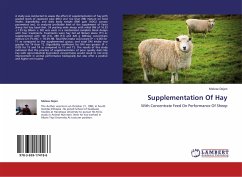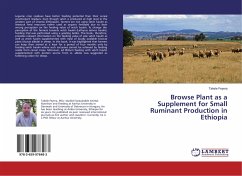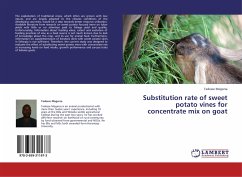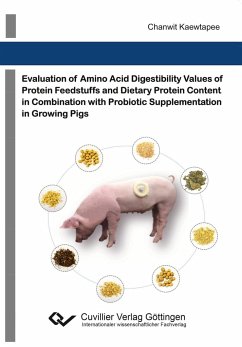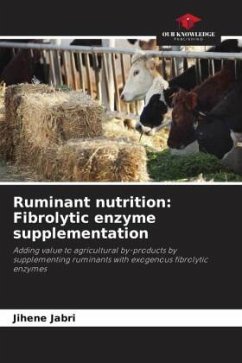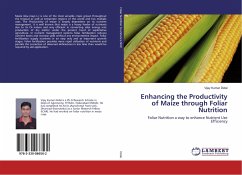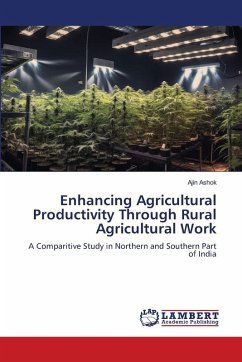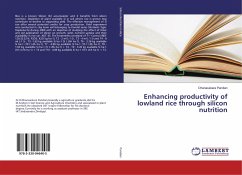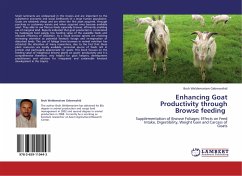
Enhancing Goat Productivity through Browse feeding
Supplementation of Browse Foliages: Effects on Feed Intake, Digestibility, Weight Gain and Carcass of Goats
Versandkostenfrei!
Versandfertig in 6-10 Tagen
32,99 €
inkl. MwSt.

PAYBACK Punkte
16 °P sammeln!
Small ruminants are widespread in the tropics and are important to the subsistence economic and social livelihoods of a large human population. Goats are relatively cheap and are often the first asset acquired, through purchase or customary means and when acquired ones become available asset. They able to use fibrous feeds especially browse, efficiently enabling use of marginal land. Reports indicated that goat production is constrained by inadequate feed supply, low feeding value of the available feeds and reduced efficiency of utilization. As a result browse species are receiving increasing ...
Small ruminants are widespread in the tropics and are important to the subsistence economic and social livelihoods of a large human population. Goats are relatively cheap and are often the first asset acquired, through purchase or customary means and when acquired ones become available asset. They able to use fibrous feeds especially browse, efficiently enabling use of marginal land. Reports indicated that goat production is constrained by inadequate feed supply, low feeding value of the available feeds and reduced efficiency of utilization. As a result browse species are receiving increasing attention as potential livestock forage and re-vegetation of disturbed lands. The use of foliage from browses in animal nutrition has attracted the attention of many researchers, due to the fact that these plant resources are locally available, perennial source of feeds rich in protein and particularly appropriate for goats. This book focuses on the feeding value of indigenous browse plants on goats' productivity and it is comprehensive therefore, very helpful for goat keepers, development practitioners and scholars for integrated and sustainable livestock development in the tropics.



